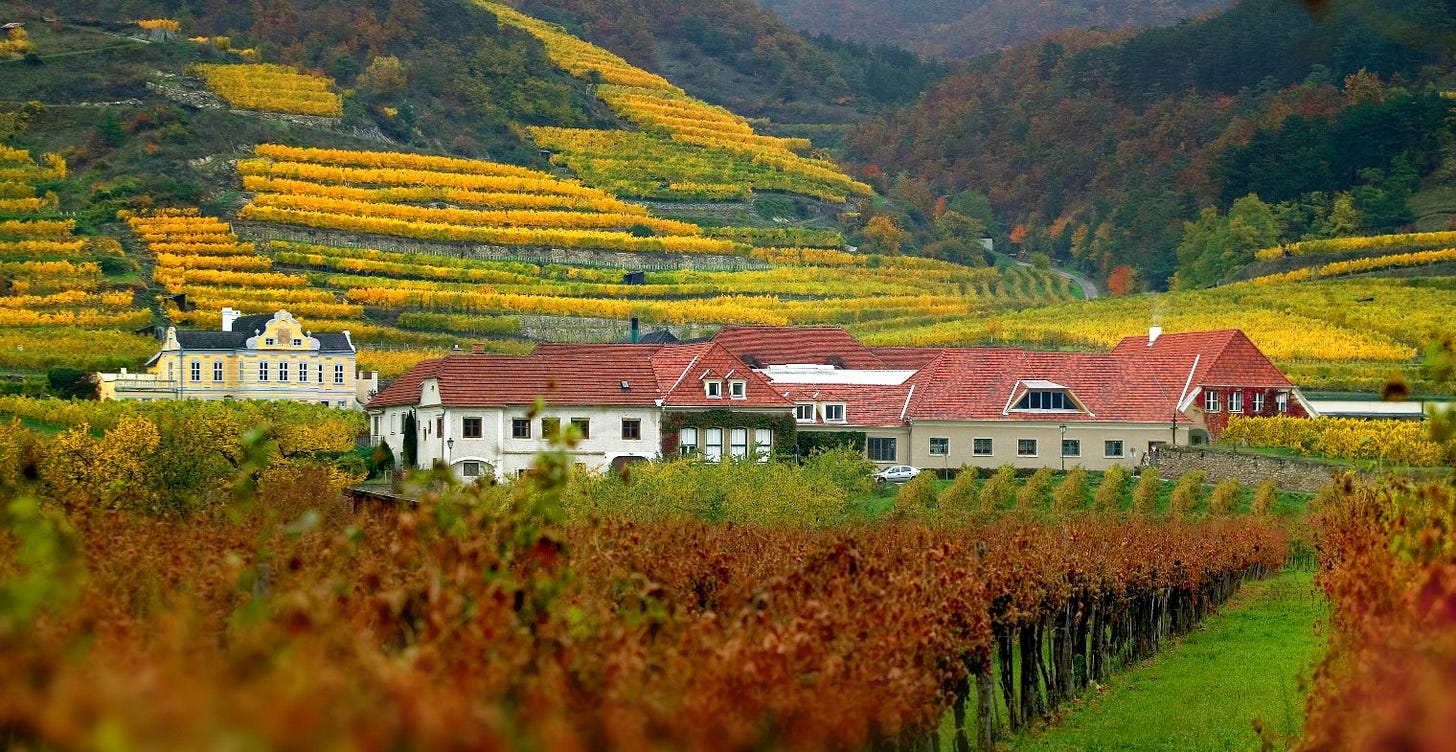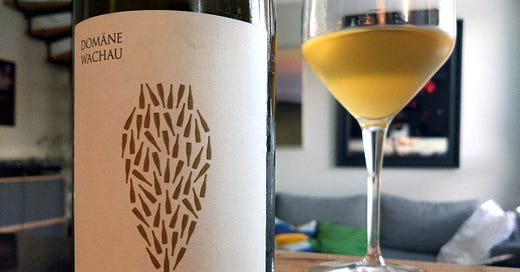Backstage with Dömane Wachau - Riesling Amphora 2015
We're in an age where it's not just small artisan wineries experimenting with minimal intervention, low sulphur and extended skin contact in white wines. The big guys want to play too. And why not? When the results are as fascinating as Domäne Wachau's a
Almost every week, Simon selects an orange wine (a white wine made with extended skin contact) that grabbed his attention. View the whole series here.

We're in an age where it's not just small artisan wineries experimenting with minimal intervention, low sulphur and extended skin contact in white wines. The big guys want to play too. And why not? When the results are as fascinating as Domäne Wachau's amphora fermented Riesling, I'm all for it.
Domäne Wachau is about as big as they come - The cooperative's members control some 440 hectares of the Wachau's vineyards - that's about 70% of the region's entire vineyard surface. Despite its gargantuan size, the cooperative is well known for its high quality Grüner Veltliner, Riesling and Neuburger.
The winery's director Roman Horvath MW told me that he first became interested in using amphorae in 2009, after reading "the first article published in German on the subject". Horvath took inspiration from Elisabetta Foradori and sourced some Spa…
Keep reading with a 7-day free trial
Subscribe to The Morning Claret to keep reading this post and get 7 days of free access to the full post archives.




